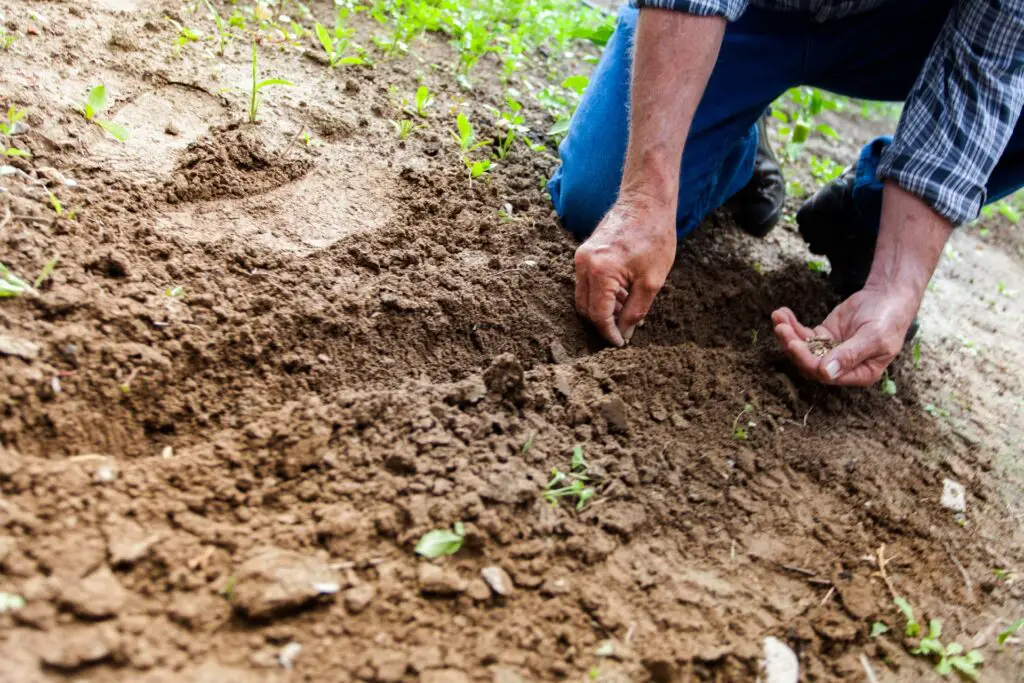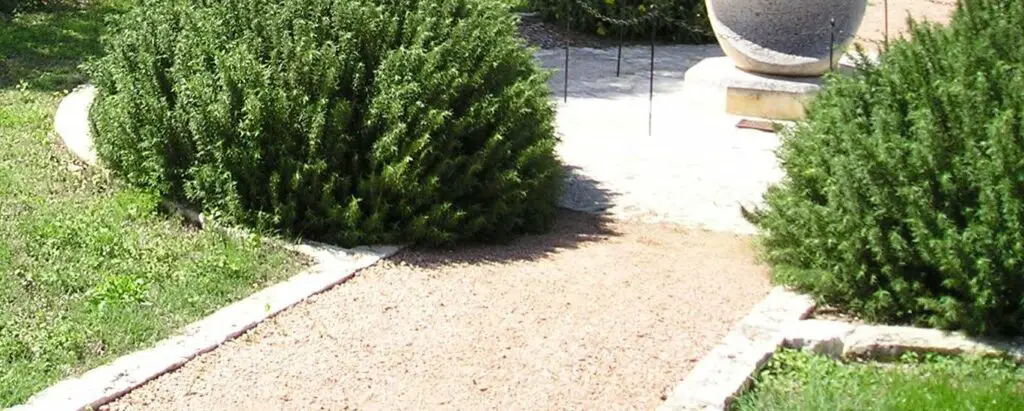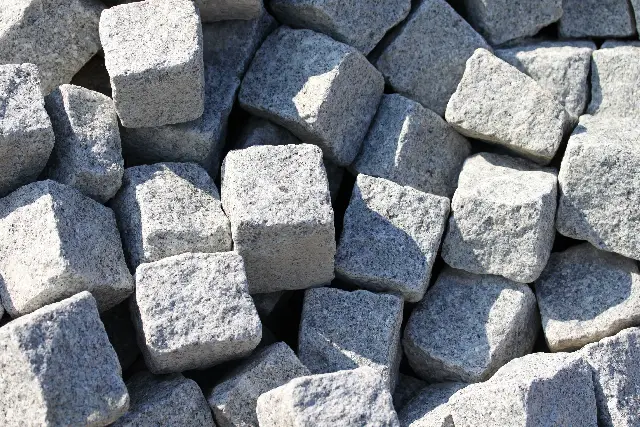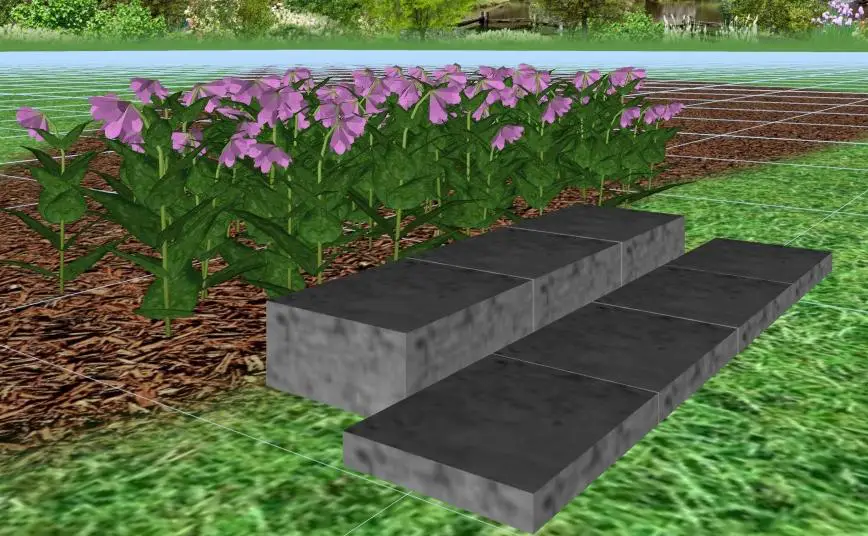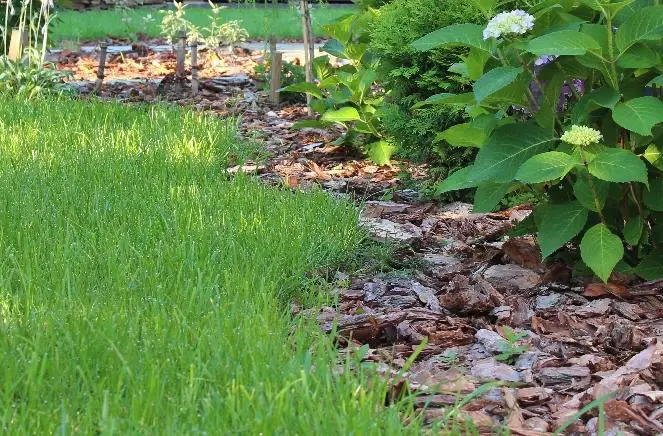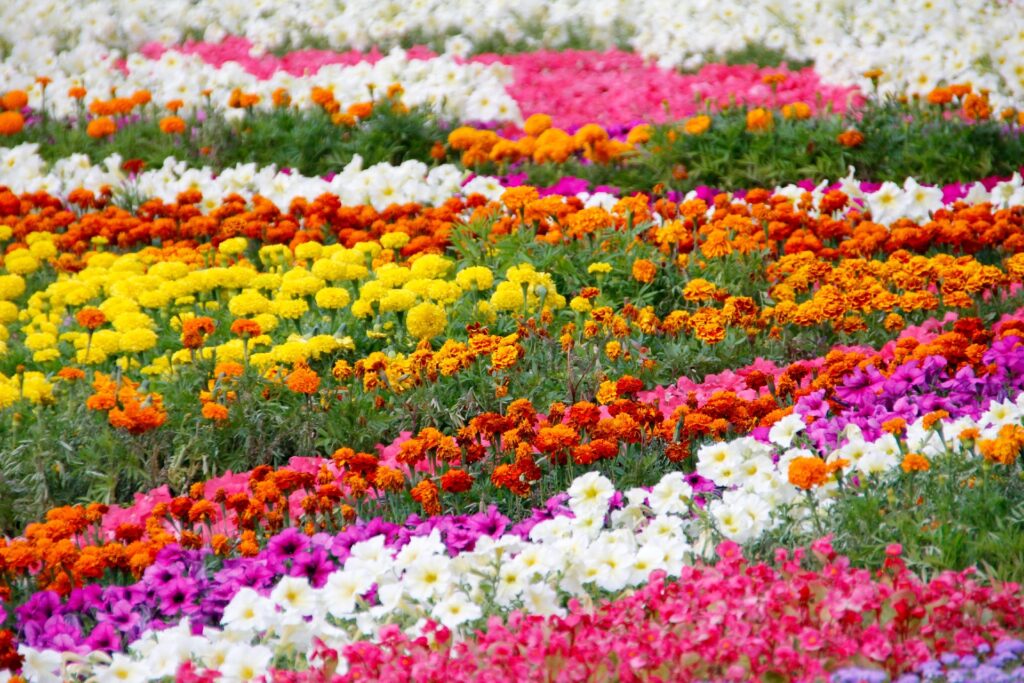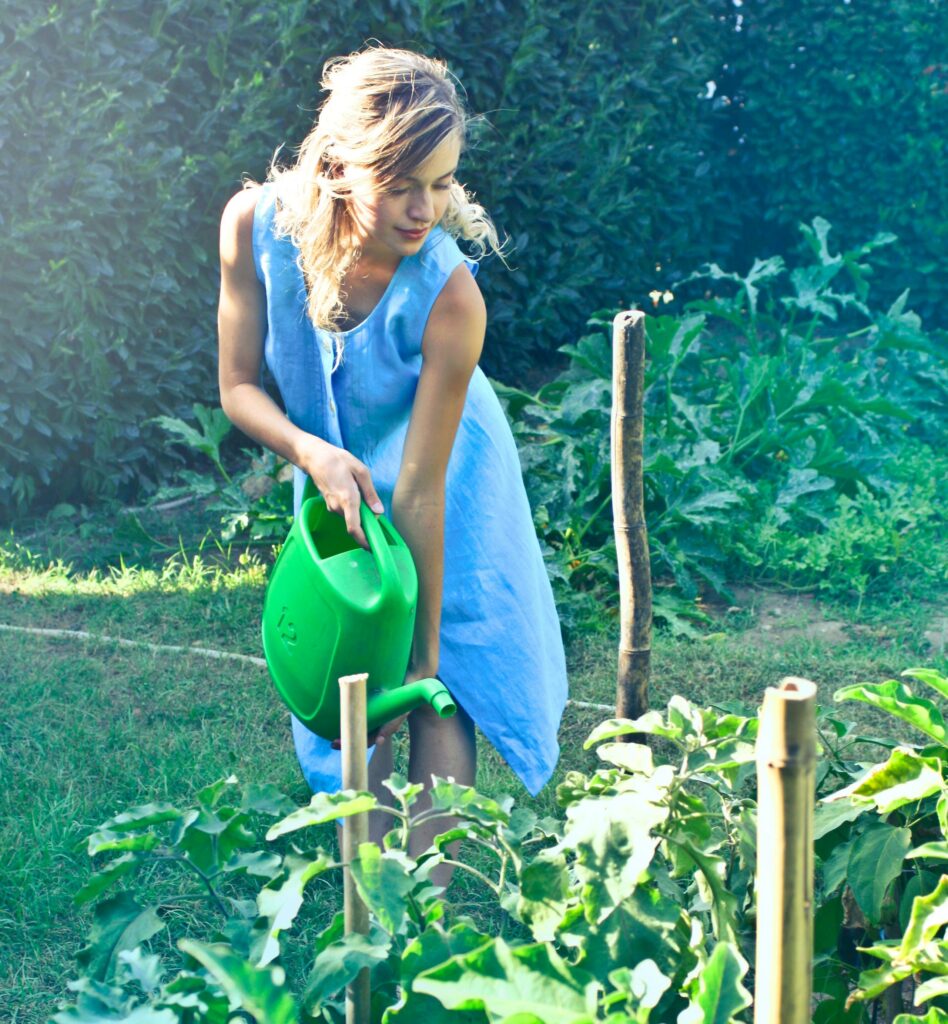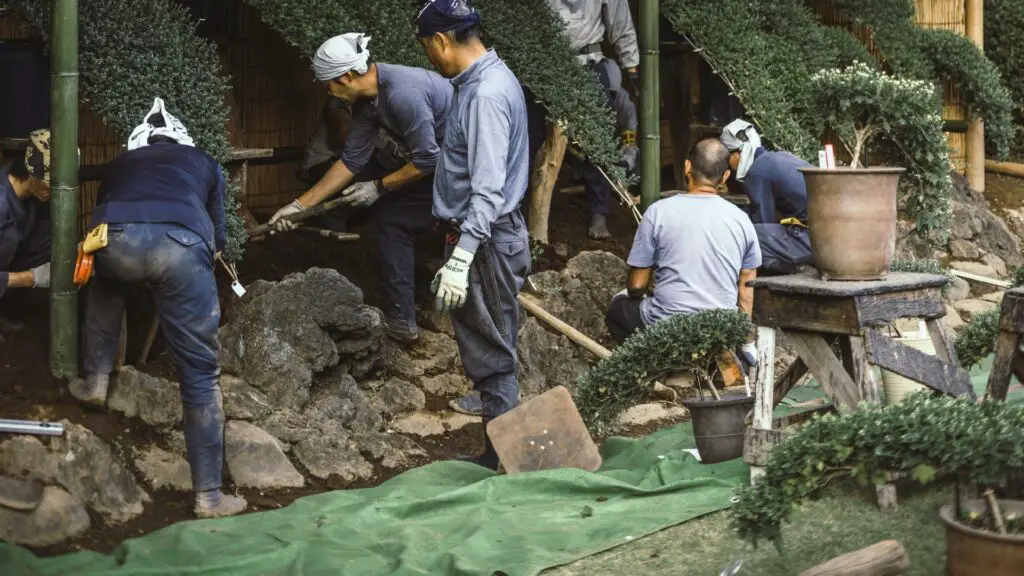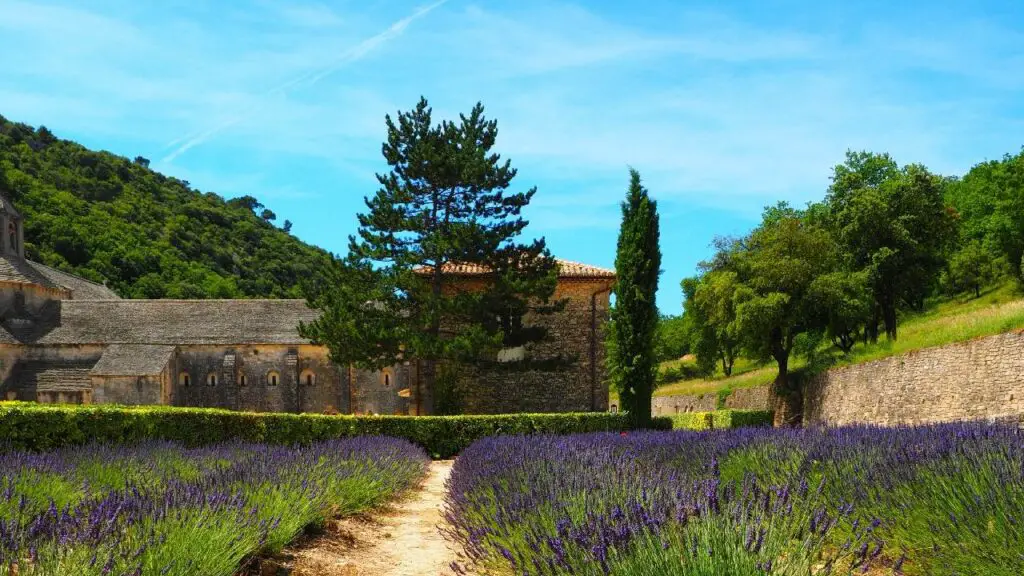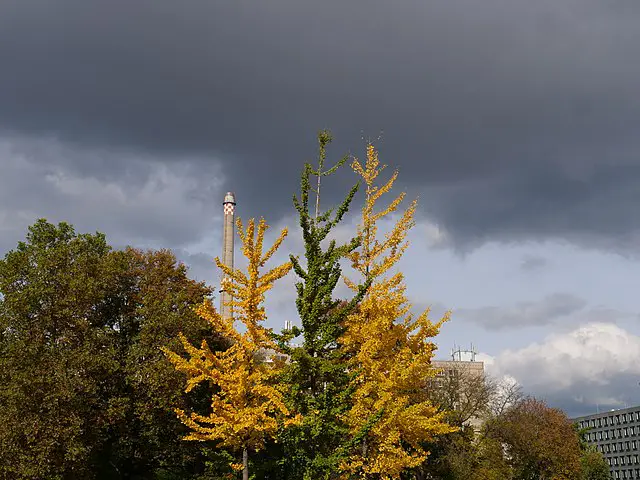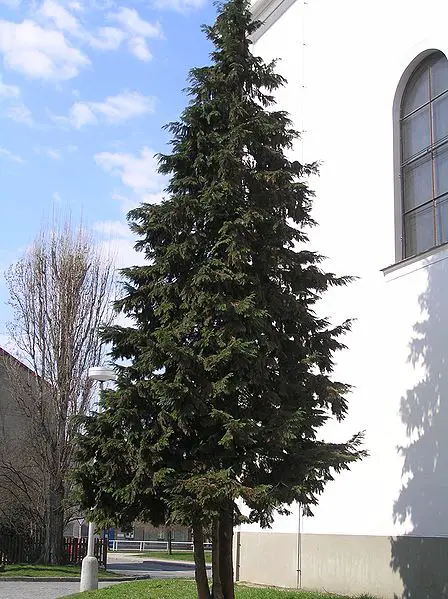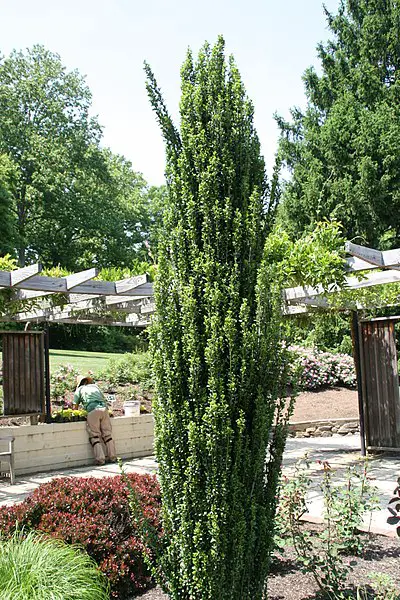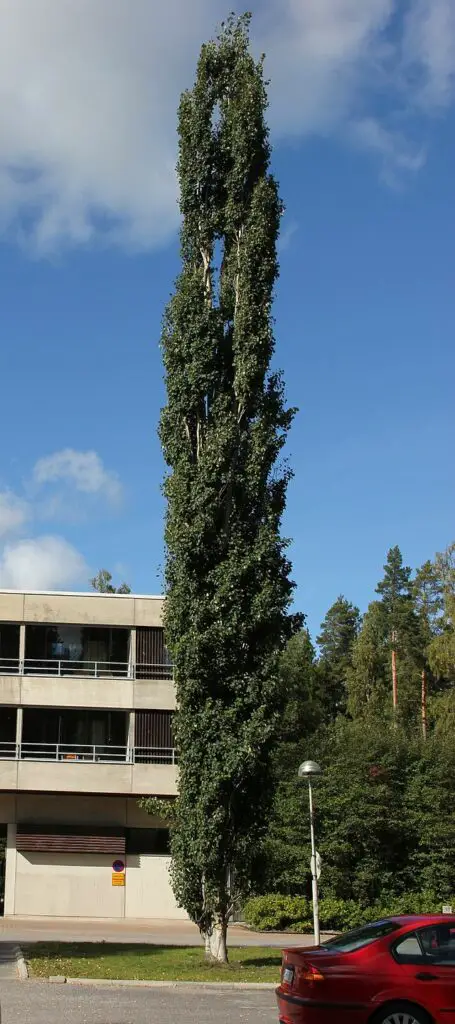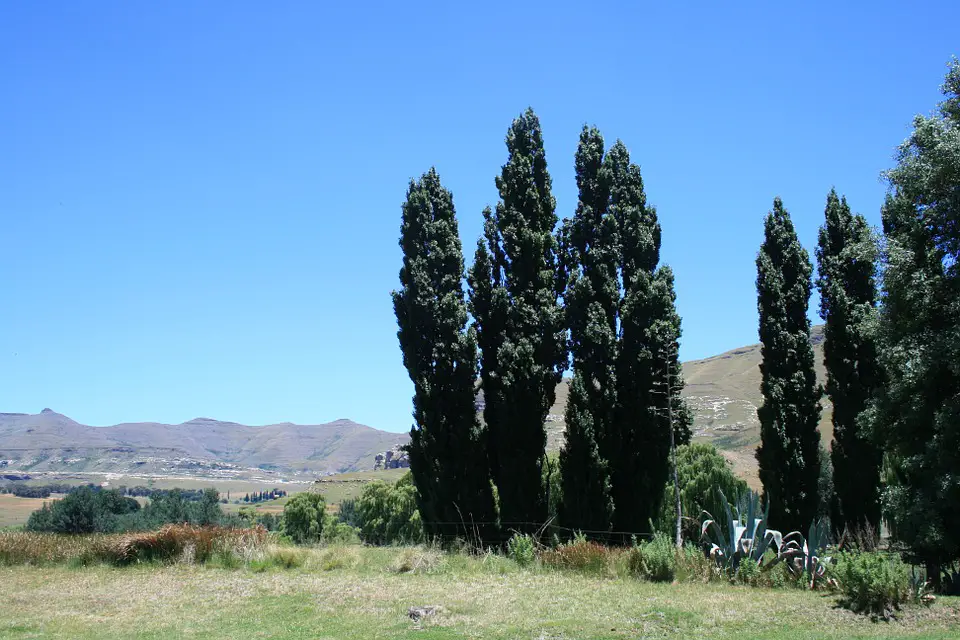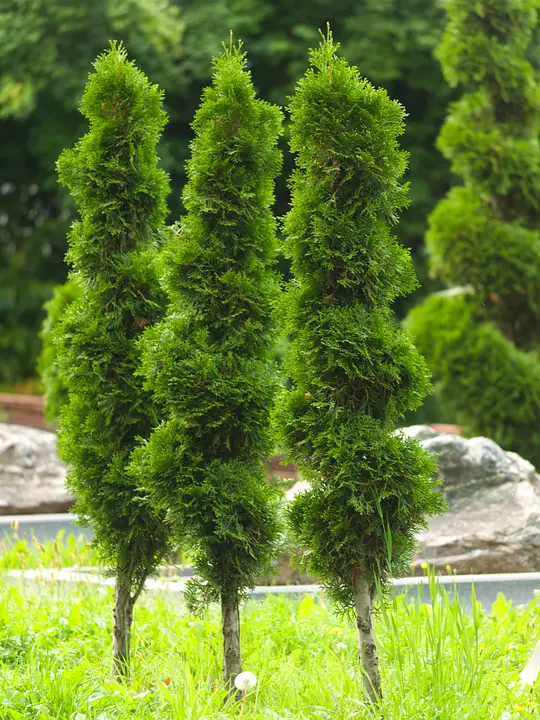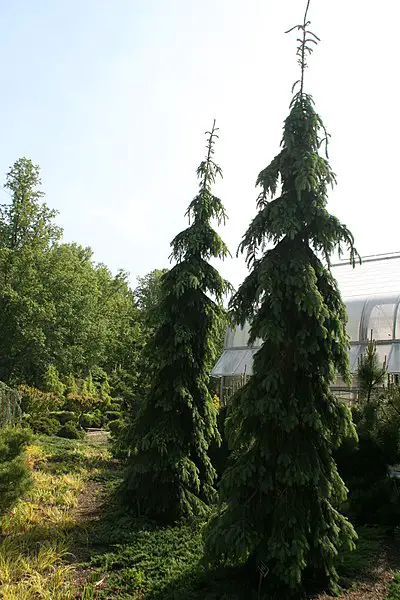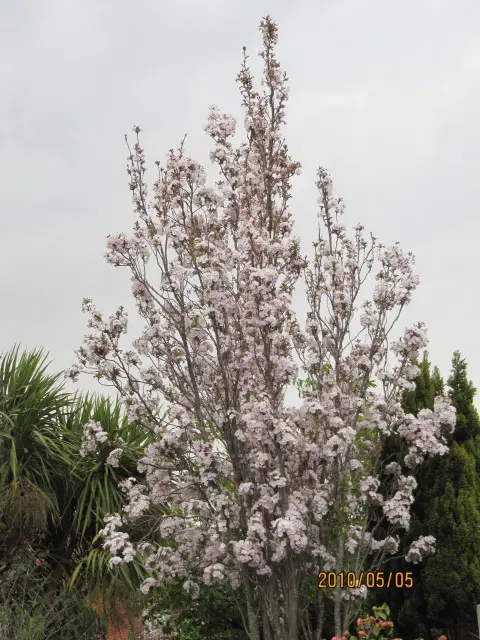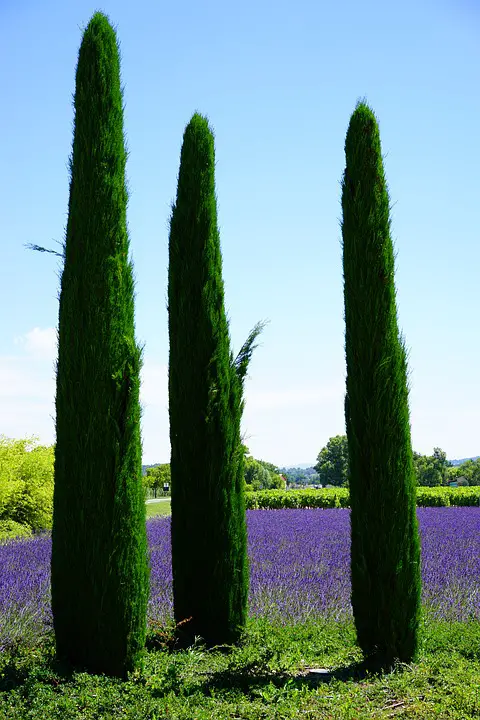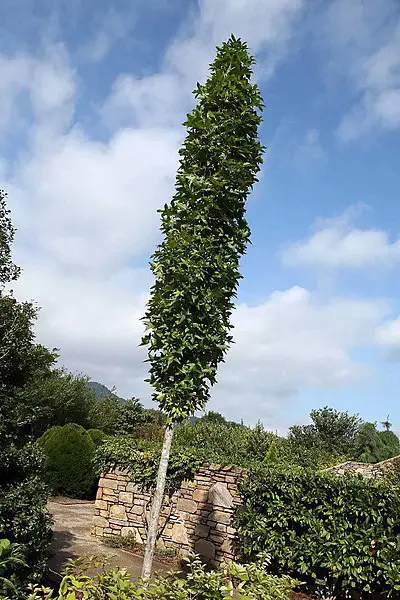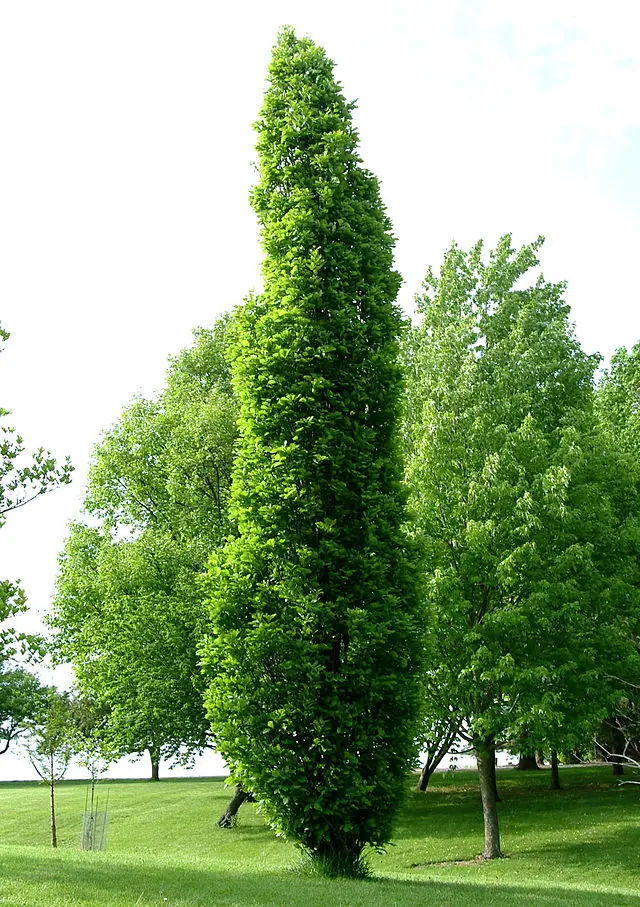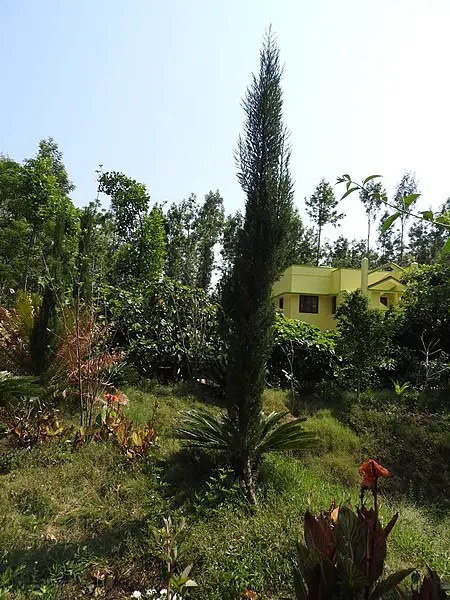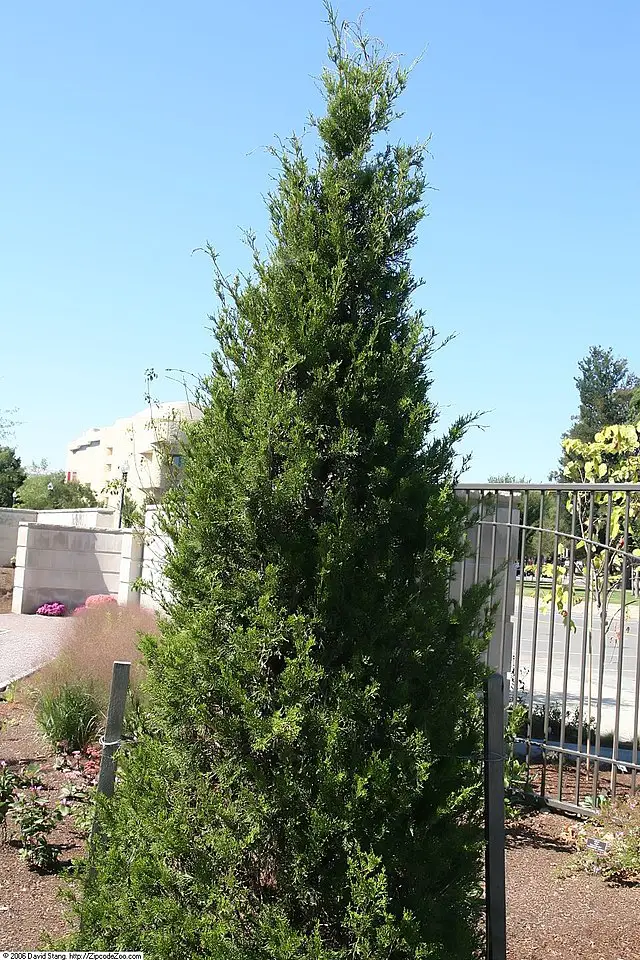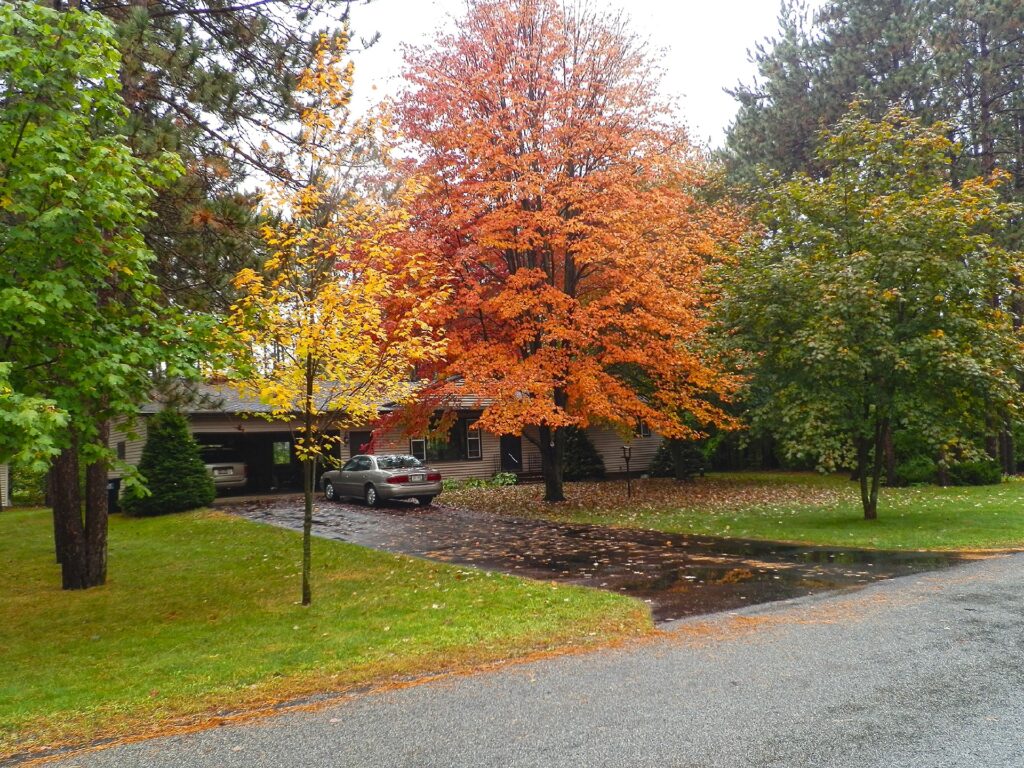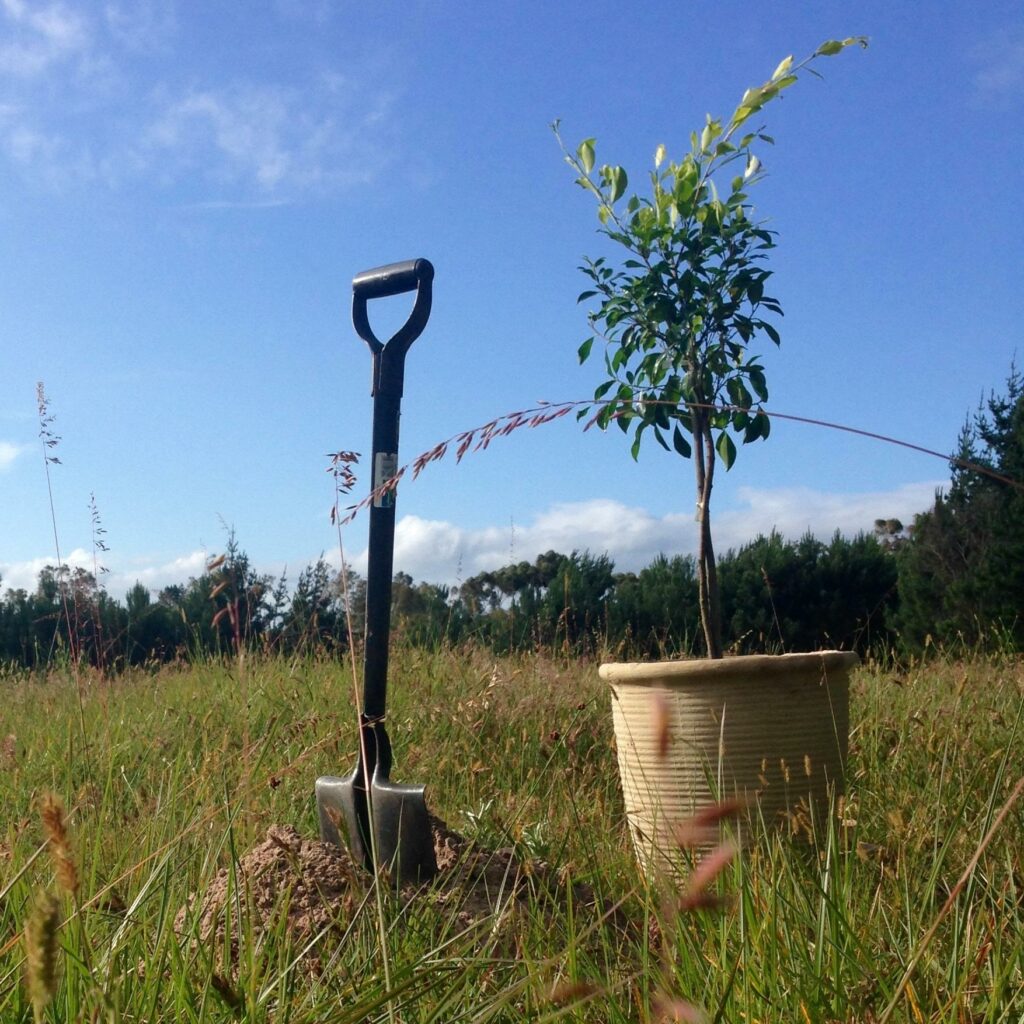Knowing the best time to plant a garden to ensure it thrives throughout the growing season can make the difference between an mediocre garden and a great garden. Determining when to plant and what specific plants to grow in your vegetable, herb, fruit, or flower garden are two of the most crucial parts of gardening. If your gardens aren’t doing as well as you’d like, changing your planting schedule might be the answer. We’ll provide some helpful advice for growing your preferred fruits, flowers, vegetables, and herbs. You’re on your way to becoming a year-round (not quite) gardener!
Things to do before planting a garden
It’s necessary to plant at the correct time of year if you want your garden to flourish, but it’s not only about timing. There are a few other things that we need to address.
Locate your Zone
Knowing which USDA planting zones you live in can make all the difference in your garden’s success or failure. Planting flowers, vegetables, and other plants that are suited to your growing zone in the United States help ensure that your garden thrives year after year.
Take a look at the USDA Hardiness Zone map to determine your zone. The answer to the query “How can I discover my hardiness zone?” is as simple as locating your location on a map. Look for your state, and you’ll find the U.S. growth zones.
The USDA Zones are also important for figuring out when your first and last frost dates are.
- Zone 1
- Last frost May 22 – June 4
- First Frost August 25-31
- Zone 2
- Last frost May 15-22
- First frost September 1-8
- Zone 3
- Last frost May 1 – 16
- First frost September 8 – 15
- Zone 4
- Last frost April 24 – May 12
- First frost September 21 – October 7
- Zone 5
- Last frost April 7 – 30
- First frost October 13 – 21
- Zone 6
- Last frost April 1 – 21
- First frost October 17 – 31
- Zone 7
- Last frost March 22 – April 3
- First frost October 29 – November 15
- Zone 8
- Last frost March 13 – 28
- First frost November 7 – 28
- Zone 9
- Last frost February 6 – 28
- First frost November 25 – December 13
- Zone 10 – 13
- No Frost (typically)
Once you find out your hardiness zone, it’s time to choose your plants.
Select your Plants
Regardless of your zone or when you are reading this article, there is a bit of general plant knowledge that you should have before going any further. You may not know this, but there are cool and warm season plants. Sure, you thought all plants were warm season plants, didn’t you? To get the most out of your growing season and the plants that you are trying to grow, it is important to understand their seasonal preferences.
Cool Season
For most spring plants, we typically wait until the chance of frost has passed. Here in Wisconsin, that is usually some time in early May, but if you want to play it safe and you are going to the garden center to lay down some hard cash on annual flowers, I would wait until closer to the end of May. I have learned that lesson the hard way. This is not the case with cool season plants. If you are waiting until all frost has passed to plant your cool season plants, you are not getting the best from them.
- They like to grow when the temps are a bit cooler. Usually in the 50-60 degree Fahrenheit range.
- They can be planted as soon as your ground thaws enough in spring
- Light frost won’t damage these plants, so plant early
- They can also be planted in the fall, but give them enough time to mature before a hard freeze occurs.
Here is a list of some cool season veggies
- Peas
- Asparagus
- Brussel Sprouts
- Cauliflower
- Broccoli
- Kale
- Lettuce
- Carrots
- Beets
- Radishes
- Rudabegas
- Turnips
Warm Season
These are the plants you need to wait to plant until you are sure that you wont have anymore hard frost. They love the warm weather and warm soil. If you are planting your warm season plants too early, you may be stunting their growth.
- They should only be planted after the threat of frost has passed.
- They require warm soils and air temperature for growth and fruiting.
- They grow best with long warm days and mild nights.
- The growing season in some areas is too short to allow for some warm season crops to be directly seeded in the garden.
- In colder regions, these plants should be started indoors for best results
- For example, in my area of Wisconsin. we typically either buy small tomato plants or start them from seed in the house to ensure that they have adequate time to mature in our short warm season.
- Also use this method to stagger your harvest time for some of the warm season vegetables.
Here is a list of some warm season veggies.
- beans
- corn
- cucumbers
- eggplant
- melons
- peppers
- zucchini
- summer squash
- pumpkin
- winter squash
- sweet potato
- watermelon
- tomato
All vegetables require either a cool or warm growth season to be healthy and productive. It’s critical to understand your right grow zone/location if you want a plentiful yield.
Why Frost is So Important
Why do gardeners spend so much time worried about frost? People will go to great lengths to protect their delicate plants from the early frost of winter, but why are some plants so sensitive?
Plants fall into four categories depending on how sensitive they are to frost and freezing.
- Tender – these are the most sensitive plants and are often the tropical plants. Even a very light frost can kill these plants.
- Slightly Hardy – these are the subtropicals that can take abit of cold, but a hard frost will surely do them in. Many veggies fall into this group.
- Moderately Hardy – These plants can resist freezing damage even in temperatures as low as 10-20 degrees Fahrenheit.
- Very Hardy – These are the plants that we can grow all year-rpund here in Wisconsin. These are the plants that either die back to the ground and come back the following spring or they can simply retain enough heat or avoid desiccation.
When plants are exposed to extremely cold conditions, something dangerous happens at the molecular level. You probably know how it feels when your fingers begin to get numb in the cold. Well, it is similar for plants. We are not particularly cold hardy, humans can’t spend too much time outside in freezing temperatures before our cells begin to freeze. When a cell freezes, that is when we get the dead skin associated with what we call frostbite.
Have you noticed how frost damage in sensitive plants looks a bit like frost damage to human skin?
Several destructive processes occur when a plant is affected by a killing frost, no matter what its hardiness classification is. The production of ice crystals in the gaps between their cells is one of the most impactful processes. When the water in the intercellular cracks freezes, it moves out of the cells and into the intercellular spaces, where it freezes. As more water leaves the cells, the amount of ice in the intercellular gaps grows quickly. Water loss from cells, if left uncontrolled, can lead to serious dehydration and death.
Some or the hardiest plants and animals have learned to prepare themselves for the cold. This is what we call cold hardening in the plants.
As the temperatures get colder, the plants allow less and less water up into the stalks and retain more moisture in the roots. This hardening off will help the plant survive the very cold temperatures. This is why deciduous trees lose their leaves in the fall. This is also why many plants will be damaged when we get an unsuspected early frost. If the plants haven’t had time to prepare themselves, the hard early frost can do damage to cells that would otherwise have hardened off.
Frost damage will also occur even in hardy plants when we have several warm days in spring. When the temperatures begin to warm, the plants think that spring is here and the fluids start to flow. If we get hit by a frost after this spring flow starts, plants cells will be damaged.
Generally speaking, winters that get cold and have a good snow cover are easier on plants than winters with temperatures that fluctuate above and below freezing with little snow cover.
Planting Times – These Depend on your Zone!
- Spring (the 1st of March to the 31st of May) – It’s time to sow carrots, radish, lettuce, broccoli, turnips, spinach, kohlrabi, cabbage, collards, asparagus, Brussels sprouts, peas, cauliflower, and herbs like parsley, dill, and cilantro in the early spring.
- Summer (the 1st of June to the 31st of August) – Plant summer classics like peppers, tomatoes, eggplant, melons, squash, onions, potatoes, leeks, herbs, and maybe a few more leafy greens and root crops before the weather becomes too hot. Summer is the best time to cultivate mint, basil, chives, and lemongrass if you want fresh herbs.
- Fall (the 1st of September to the 30th of November) – Garlic is, without a doubt, the crop that most gardeners look forward to growing in the fall. Drop your preferred soft or hard neck types as long as the soil is passable (usually between September and October for most people). Potatoes will thrive well in the ground if planted early enough before the first freeze. Furthermore, onions do best when planted in mid to late October. Blueberry bushes are also nice to plant in the fall, as long as you do soil prep in the summer. It’s also a good idea to plant root crops such as radishes, carrots, turnips, parsnips, and beets for the fall season. Do you enjoy salads and leafy greens in your sandwiches? In the colder autumn weather, your favorite greens, like arugula, will grow.
- Winter (the 1st of December to the 28th of February) – Winter is an excellent time to start growing your favorite summer crops inside the house. Tomatoes, eggplant, peppers, and other vegetables should be planted right before winter ends. Sprouts and microgreens are easy to grow! The vast majority of your favorite spring and summer veggies grow nicely as sprouts, so start planting a few of them beside a south-facing window to get a source of nutrients. If you like cooking, herbs may be grown in small containers, provided they get sufficient light.
What is a planting calendar, and why should you use one?
When is the ideal time to plant spring crops in most of the United States? Use this helpful calendar to receive more precise planting suggestions depending on your location.
Planting calendars are used to obtain the appropriate time to plant a garden and start seedlings. The first and latest frost dates are used to time all planting. In hardiness zone 5, for example, the final frost date is usually between the 1st of April and the 15th of April, while the first frost date is generally between the 16th of October and the 31st of October.
These dates will help determine when the ideal time is to plant.
How it works
Planting dates are calculated differently for each plant. It’s determined by the plant’s maturity date and requirements and the growing zone and frost dates.
Identify the earliest frost date and then work backward to construct a planting timetable. Doing this will assist you in determining the optimal planting date for whatever it is you’re growing. The objective is to allow adequate time for a plant to grow before the first frost of the year.
Assess the growth and maturity periods for each plant or vegetable you want to plant once you have this information.
The Best Time to Plant Your Garden
When is the best time to plant a garden? Like soil, water, sunshine, and other growth factors, plants can have a wide range of requirements for the optimal time to plant.
When is the best time to plant vegetables?
It’s critical to plant vegetables at the correct time of year while growing them in your garden. While certain vegetables grow in the spring and summer, others prefer the cooler weather of the fall. For us in Wisconsin, we start our warm season plants in the house and then plant everything just before Memorial Day.
I typically don’t go through the process of staggering planting times to maximize harvest, but it is surely a good way to have the fresh veggies that you want all summer long. My reason for not doing this is simply time. Taking the time to plant my veggie garden once is fine, but being a landscaper, planting again later and mainteining different crop calendars takes a bit more time than I have during my busy season.
You should definitely check out the growing calendar listed above to figure out how to maximize your garden this season.
When is the best time to plant flowers?
Knowing when to plant flowers is simple if you know your zone’s first and last frost dates. Zones can be separated even within themselves, causing advised planting dates to shift by a week or two.
Always check the flower’s kind to determine whether it can withstand your zone and frost dates.
Hardy flowers, such as alyssum, dianthus, and pansies, can withstand minor frosts, but sensitive flowers, such as nasturtium, petunias, and dahlias, require warm soil to thrive.
Consequently, the type of flower paired with the frost dates will serve as the final guide in establishing a garden calendar that will yield the most stunning flowers and richness.
When is the best time to plant herbs?
A large number of herbs may be grown from seed either inside or outdoors. Some examples of herbs you can grow indoors are dill, chives, mint, oregano, basil, thyme, rosemary, coriander, dwarf garden sage, and creeping savory.
You can plant young starting plants in the ground right away. Often, all three approaches will produce excellent results. When to start or plant an herb relies a lot on your climate zone and the sort of herb you wish to cultivate.
Some herbs, such as chives, can be started inside 8–10 weeks before the last frost or outdoors 3–4 weeks before the last frost.
When should you plant fruits?
If you want to plant fruit trees in the ground, planting them in the early springtime or late winter is usually good. Generally, fruit trees need a lot of sunlight.
When planted between September and May, container trees grow nicely. Wait till the weather warms up if you’re going to plant in the dead of winter.
Strawberries, for example, can be planted as early as six weeks before the latest average frost date in a given location.
REFERENCES
https://planthardiness.ars.usda.gov/
https://letstalkscience.ca/educational-resources/backgrounders/needs-plants
https://extension.psu.edu/cool-season-vs-warm-season-vegetables
https://extension.illinois.edu/blogs/good-growing/2020-03-27-starting-garden-warm-season-vegetables
arnoldia.arboretum.harvard.edu/pdf/articles/1985-45-4-what-determines-a-plant-s-cold-hardiness.pdf
https://extension.umn.edu/vegetables/growing-radishes
https://content.ces.ncsu.edu/lettuce
https://extension.psu.edu/broccoli-production
https://academics.hamilton.edu/foodforthought/our_research_files/turnips.pdf
https://horticulture.oregonstate.edu/oregon-vegetables/spinach-0
https://gardeningsolutions.ifas.ufl.edu/plants/edibles/vegetables/kohlrabi.html
https://www.sciencedirect.com/book/9780080408262/genetic-improvement-of-vegetable-crops
https://content.ces.ncsu.edu/collard-greens
https://extension.umn.edu/vegetables/growing-asparagus
https://www.sciencedirect.com/topics/agricultural-and-biological-sciences/brussels-sprouts
https://ag.umass.edu/home-lawn-garden/fact-sheets/peas-growing-tips
https://ohioline.osu.edu/factsheet/hyg-1613
https://www.rhs.org.uk/advice/grow-your-own/herbs/parsley
https://www.canr.msu.edu/news/strawberries_and_the_science_behind_them
https://www.extension.uidaho.edu/publishing/pdf/BUL/BUL0864.pdf
https://cals.arizona.edu/maricopa/garden/html/pubs/0203/eggplant.html
https://extension.umd.edu/resource/melons
https://pss.uvm.edu/ppp/articles/squash.html
https://www.extension.iastate.edu/news/2007/mar/071601.htm
https://gardeningsolutions.ifas.ufl.edu/plants/edibles/vegetables/leeks.html
https://aces.illinois.edu/news/root-vegetables-underground-garden
https://gardeningsolutions.ifas.ufl.edu/plants/edibles/vegetables/mint.html
https://libguides.nybg.org/basil
https://extension.illinois.edu/blogs/2019-09-17-growing-garlic
https://aggie-horticulture.tamu.edu/plantanswers/publications/onions/ONIONGRO.html
extension.msstate.edu/publications/publications/establishment-and-maintenance-blueberries
https://extension.illinois.edu/blogs/good-growing/2018-11-07-arugula-new-trendy-green-old-world
https://www.sciencedirect.com/topics/agricultural-and-biological-sciences/microgreens
https://extension.illinois.edu/blogs/good-growing/2015-04-09-growing-herbs-containers
https://ipad.fas.usda.gov/ogamaps/cropcalendar.aspx
https://www.almanac.com/gardening/planting-calendar
https://edis.ifas.ufl.edu/pdf\4H\4H36000.pdf
https://www.fs.fed.us/wildflowers/ethnobotany/food/vegetables.shtml
https://extension.oregonstate.edu/news/these-cold-hardy-vegetables-may-stick-it-out-through-winter
https://content.ces.ncsu.edu/kale
https://ag.umass.edu/vegetable/fact-sheets/broccoli-summer-heat
https://extension.umn.edu/corn-planting/planting-date-considerations-corn
https://gardeningsolutions.ifas.ufl.edu/plants/ornamentals/sweet-alyssum.html
https://gardeningsolutions.ifas.ufl.edu/plants/ornamentals/dianthus.html
https://www.uaex.edu/counties/white/news/horticulture/201810_All_About_Pansies.aspx
extension.msstate.edu/publications/protecting-plants-cold-temperatures
https://pss.uvm.edu/ppp/articles/nasturtium.html
https://www.sciencemag.org/news/2017/05/how-transgenic-petunia-carnage-2017-began
www.uvm.edu/pss/ppp/articles/jun02tip.html
https://www.canr.msu.edu/news/grow_herbs_indoors_for_a_winter_school_garden
https://www.sciencedirect.com/topics/agricultural-and-biological-sciences/salvia-officinalis
https://extension.umn.edu/vegetables/growing-chives
https://edis.ifas.ufl.edu/publication/MG243
https://chatham.ces.ncsu.edu/2016/02/will-my-vegetable-seedlings-survive-this-weekends-cold/

